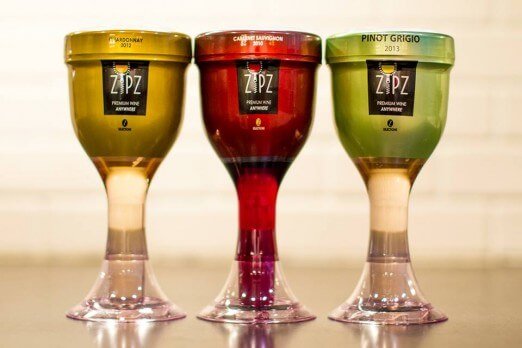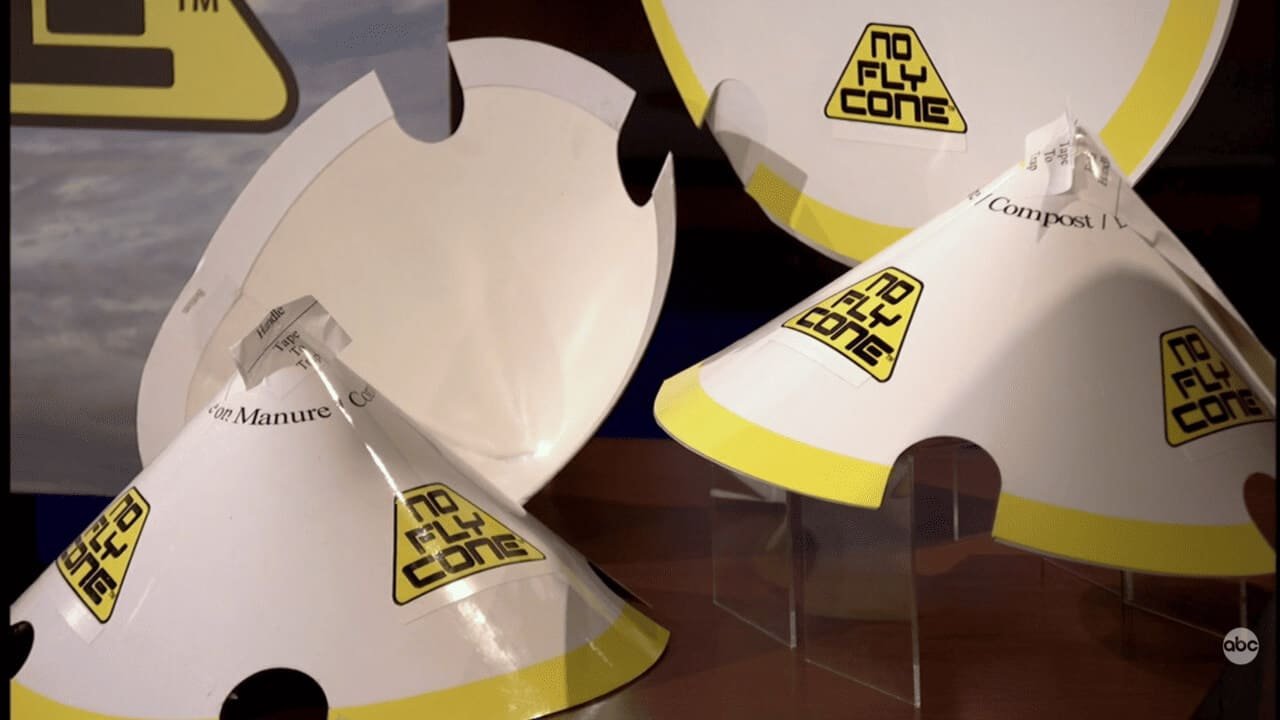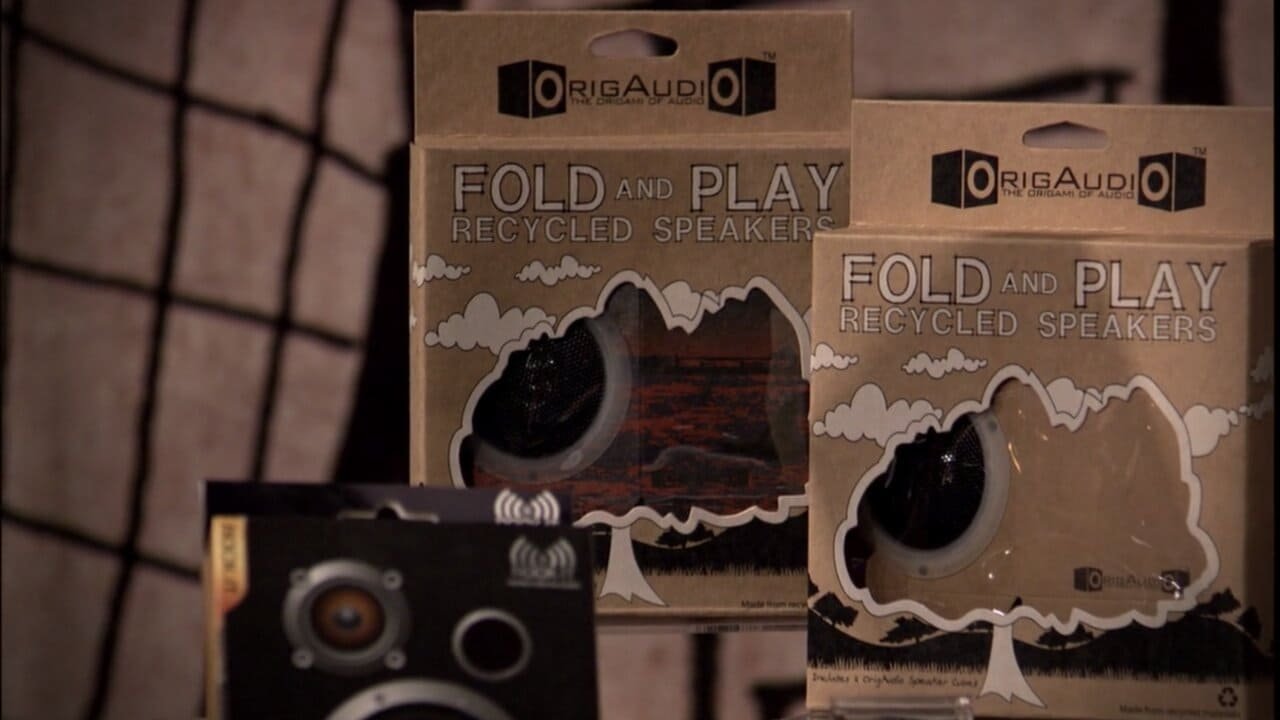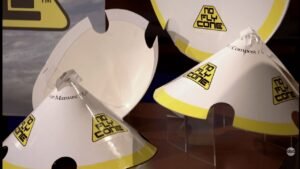Let’s kill the myth: just because you land a Shark Tank deal, your startup isn’t set for life. I’ve seen more than a few companies crash after the confetti settles. So when Cup Board Pro rolled into Season 10, rattled with heartbreak and hope, it felt different—because this one wasn’t just about equity. It was about carrying a legacy forward in front of millions.
If you’ve ever pitched hard, looking for that real money and not just the TV hype, you’ll appreciate how the Young siblings played it. Here’s the story behind the viral pitch, the family’s hustle, and what actually happened after all five Sharks shook hands.
Contents
ToggleCup Board Pro Hits Shark Tank
You’ve seen plenty of quirky gadgets hit the Tank and bomb. Cup Board Pro wasn’t a gimmick. It’s a simple, clean-cut fix for a dirty kitchen problem—a bamboo cutting board with a built-in cup that slides out to catch scraps. Ask any home chef scraping onion skins across the counter: this solves real frustration.
The product had roots. The late Keith Young, a two-time Chopped champion and New York firefighter, invented it. When Keith passed from 9/11-related cancer, his three kids—Christian, Keira, and Kaley Young—took the reins. Their sole mission? Fulfill their dad’s dream of getting his kitchen hack into American homes.

The Family Behind the Brand
Let’s not sugarcoat it. What made this segment powerful wasn’t a sob story—it was grit in action. Keith Young had already lost his wife in 2012. Less than six years later, cancer took him too.
The Young siblings walked onto Shark Tank raw from loss. But make no mistake, they didn’t just sell sympathy. They fronted a product, a plan, and a promise—finish what their dad started, and help his fellow firefighters in the process.
You can teach pitch decks, but you can’t teach heart like this.

The Product—What Sets Cup Board Pro Apart
Forget reinventing the wheel. Cup Board Pro attacked a daily routine: prepping food, making a mess, then cursing while scraping scraps. Their solution: sustainable, thick bamboo for a premium feel, with a patent-seeking removable cup that slides out for easy dumping. The price—about $40—wasn’t bargain-basement, but with real utility and sturdy design, there’s value on the table.
Was it revolutionary? No. Did it work? Absolutely. This wasn’t another As Seen On TV dud.
The Pitch—How the Sharks Reacted
If you’ve been around founders, you know emotion alone won’t get you funded. The Youngs got personal, yes, but they were also tight on their numbers, demo, and plan.
They showed Keith’s original audition tape. Not a dry eye in the house—sure. But watch them stand their ground, set equity at 20 percent, and calmly field questions. No flailing, no desperation. It’s what real founders do: honor the backstory, but never lose sight of the business.
It worked. Mark Cuban. Lori Greiner. Kevin O’Leary. Daymond John. Guest Shark Matt Higgins. Every single one went in, heads first.
The Net Worth Play—Where’s the Money?
Let’s break down the deal: $100,000 for 20% equity. That pegs the valuation at $500,000. Was that underpriced for the hype and talent behind it? Maybe. But in my book, these siblings weren’t greedy—they wanted good partners, fast, and they got ‘em.
Remember: Shark Tank isn’t fantasy funding. Most deals change after cameras, but the Youngs played it smart—the exposure, network, and momentum were worth that initial cut. And all five Sharks agreed to donate profits to first responder charities, so for once, the headline actually matched the impact.
As for real net worth numbers post-tank? Nothing official, but after a surge of orders and site crashes, I’d guess sales topped seven figures quickly. Margins are decent—bamboo isn’t dirt cheap, but the direct-to-consumer push helped. Is this a Scrub Daddy-level empire? Not yet. But they didn’t flame out either.
All Sharks at the Table—The Deal’s Unique Twist
Here’s where it gets Shark Tank legend status. The Youngs didn’t just walk out with a handshake—they got a syndicate. All five Sharks put in $20k, agreed on joint equity, and, crucially, promised to give every dollar earned to help 9/11 first responders dealing with cancer and chronic illness.
That kind of unity from the Sharks? Almost unheard of. Usually, it’s a cage fight, not a group hug. But this wasn’t just about selling bamboo boards. It was about honoring a man who helped NYC when everything came crashing down.
So, when you ask if Shark Tank deals matter—sometimes, yes. When the cause is bigger than the spreadsheet, that’s the game-changer.
What Happened After Shark Tank?
Here’s the million-dollar question: does TV hype pay the bills? For Cup Board Pro, the Shark Tank bump hit hard. Traffic crashed their online store, and Amazon listings moved fast.
Distribution scaled. Reviews rolled in. But, here’s where most startups stumble—they can’t deliver in the aftermath.
From everything public, the Youngs kept production rolling. The sharks’ connections got them into retail and expanded DTC (direct to consumer). If you check today, you’ll find Cup Board Pro on their site and popular platforms, though stock sometimes fluctuates. Supply chain hiccups? Sure, like everyone, but they stayed afloat.
So did the Shark Tank buzz translate? For this crew, it wasn’t a one-week spike. Their story traveled, sales sustained, and they played their hand like true hustlers—steady, smart, and growing.
Legacy and Impact—Beyond Profit
Listen, not every Shark Tank product can claim a higher purpose. Cup Board Pro flipped the script—profit was secondary to purpose.
Every board ships with Keith’s story and a nod to firefighters. Proceeds fuel charities for first responders fighting post-9/11 illnesses. For buyers, it’s not just a kitchen upgrade—it’s about supporting a cause that matters.
If you’re building something right now, take notes: brands that stand for more than margins last longer. This is a company that remembers why it exists, not just what it sells.
Final Take—Lessons for Entrepreneurs
I’ve met plenty of founders obsessed with the TV deal, thinking that’s the finish line. Cup Board Pro shows that the real grind starts after airtime. They got their moment, but then they built a business.
Here’s what you can steal from their playbook:
- Sell your why as much as your what. Stories stick, but you still need a killer product.
- Play fair with valuation. Short-term humility, long-term gain. The Youngs didn’t overreach—they got five heavy hitters instead.
- Prep for the wave after TV. Most startups collapse when orders surge. This team kept moving.
- Legacy wins. Tie your brand to real meaning. It’s how you get superfans, not just one-time buyers.
- Deals don’t make you rich overnight. Grit, follow-through, and impact do.
I’ve watched glossy pitches fizzle in months. Cup Board Pro endured—by putting the mission before the margin and letting real hustle drive every step.
This is what a real, sustainable Shark Tank win looks like.
FAQ
1. Is Cup Board Pro Still in Business?
Yes—they’re still selling online, with periodic restocks as demand holds up. Check their store or Amazon for current inventory.
2. Where Can I Buy Cup Board Pro Today?
Order straight from their official website or major platforms like Amazon. Supply often runs low after big press hits.
3. Did Cup Board Pro Really Get Investment from All Five Sharks?
Yes. Mark Cuban, Lori Greiner, Daymond John, Matt Higgins, and Kevin O’Leary all went in, each for $20k, with profits to charity.
4. What Is Cup Board Pro’s Current Net Worth?
No hard numbers, but after the Shark Tank sales bump, it likely crossed $1 million in sales. The brand rides steady momentum today.
5. Are the Young Siblings Still Running the Business?
Yes. Christian, Keira, and Kaley Young are still the public face and operators, carrying out their dad’s mission.
6. How Has the Product Changed Since Shark Tank?
Design’s almost identical, but there may be minor tweaks for mass production. Quality and purpose remain at the core.
7. Did the Sharks Actually Donate Their Profits?
Yes. All profits from the Sharks’ equity go to charities for 9/11 first responders and families—no marketing stunt, real support.
8. Has Cup Board Pro Inspired Other Inventions?
A few similar “scrap-catching” boards have popped up, but none with this backstory, or the same sales power.
9. Who Manufactures Cup Board Pro Now?
Production partners handle manufacturing (likely overseas for bamboo), but the Young siblings still control the brand.
Hungry for more backstories and brand numbers? Keep tabs on SharkWorth—where we untangle the money and meaning behind every major Shark Tank moment. If you’re an entrepreneur chasing your own pitch, let this be your case study: legacy matters, but hustle keeps you in the game.










